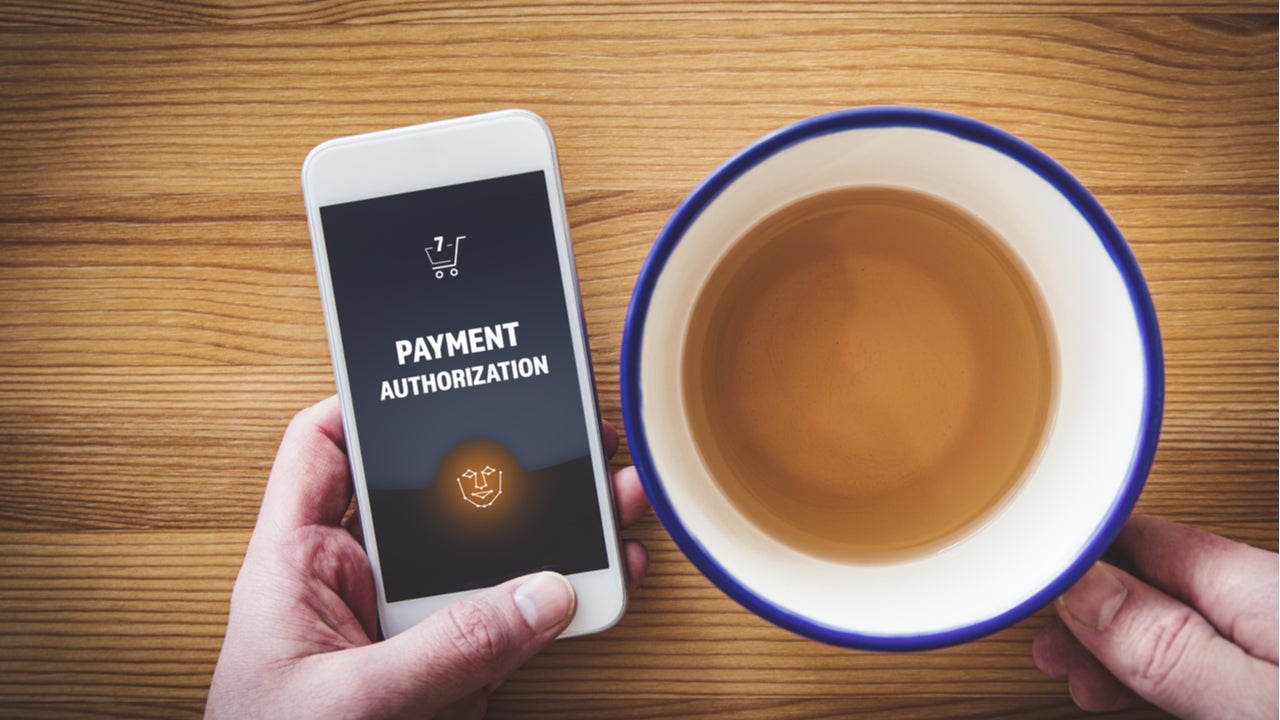The mobile payments market is multifaceted, complex, and starkly divided in terms of scale and usage along geographic lines, technological lines, and according to where the payer and payee are physically located. Due to this complexity, mobile payment companies may be disruptors by default in card dominated markets, but in others they have already become the dominant means of transacting for consumers.
Technology Trends
Listed below are the key technology trends impacting the mobile payments industry, as identified by GlobalData.
Blockchain
Blockchain technology has transformative potential for payments processing, and these benefits will cascade into mobile payment systems. The technology involves the creation of a digital ledger that is updated in real-time and shared among all participants in the system. As a result, it allows a high degree of trust since all transactions are publicly known and verifiable by any participant. These systems are also faster and cheaper to send transactions on than traditional payment systems.
Real-time payments
Real-time payments, or instant payments, enable transactions between bank accounts in real-time, offering a faster and cheaper means of payment settlement compared to card-based payments. These services can be used to settle transactions between consumers or businesses; currently they are most commonly employed in peer to peer (P2P) payments and bill payments. Most instant payment systems are limited to domestic transactions. However, we are now starting to see these schemes reach across geographic borders, most notably in the EU through the TARGET Instant Payment Settlement (TIPS) scheme built on the SCT Inst framework.
Biometrics
Biometric technology is relatively well-established in mobile payments at present, with Apple’s Touch ID and Face ID being just two of the many examples of biometric recognition being used instead of passwords or codes to access payment details. Mobile especially is an ideal form factor for leveraging biometric security systems, as the hardware for reading biometric indicators is already built into most smartphones.
5G
Once it becomes readily available, 5G mobile technology is expected to improve on 4G data speed threefold. The jump in speed will make mobile payments quicker to initiate and process. Its effect on m-commerce will be particularly drastic due to increased speed reducing convenience-related pain points that can lead to cart abandonment. The technology is also expected to extend internet access further within countries, giving rural populations access to cloud-based mobile payment technologies.
Secure elements
The term “secure element” refers to any encrypted hardware element that stores sensitive payments data, which is accessed directly when the transaction is made. It applies to payment cards as well as mobile payments. Secure elements are used in near-field communication (NFC)based mobile payments. Initially, mobile network operators saw an opportunity to control mobile payments via SIM-based secure elements, but since Apple Pay’s launch in 2014 device manufacturers have sought to control mobile payments through device-based secure elements.
Host card emulation
Developed by Google for mobile payments in 2014, host card emulation refers to a model of mobile payments where card details are not stored in any encrypted secure element on the mobile device or SIM card, but remotely in the cloud. Since Google is not a major handset manufacturer and does not have deals with manufacturers or mobile network operators to access device- or SIM-based secure elements for its mobile payments wallet, Google Pay is defined by its use of host card emulation.
Machine learning
Machine learning is largely being leveraged in payments in order to improve fraud detection and prevention. This is the most immediately applicable use case for the technology and helps to address the trade-off of customer convenience versus data security that has historically defined fraud management. These technologies allow for authentication based on dynamic recognition of consumer usage patterns, making the transaction more secure and speeding it up by authenticating “passively” from a consumer perspective.
Data/analytics
Payments companies are now well aware of the potential power of leveraging customer data. Data governance, security, and access to data are all critical issues for financial services companies, with these areas being a regulatory focus as well as a matter of practical strategy in the face of fraud and cyber-attacks in general. In the arena of mobile payments, payments data is perhaps at its most potentially powerful since targeted ads, offers, and push notifications can all be funnelled into the same device that is actually making the payment, even at the point of sale (POS) itself to present offers in real-time.
Tokenisation
Tokenisation allows for card details stored on mobile wallets to be replaced by a one-use “token” at payment, thus preventing consumer data from becoming exposed to fraudsters. This technology is now the industry standard for card-based mobile payments. The widespread use of the technology has brought wallet providers such as Apple and Google under the purview of payments regulators. Additionally, sensitive data is concentrated in the hands of wallet holders, making the chain more secure.
Mobile point of sale (mPOS)
The industry is now moving into a new phase of mPOS development, graduating from hardware-based solutions to software-based solutions, turning the mobile device itself into the POS terminal and eliminating the need for additional hardware for card payment acceptance. MYPINPAD and Mobeewave have been leading on the development of apps that allow for NFC-based card payments to be accepted on mobile devices without the need for a dedicated dongle or Bluetooth-paired card reader. This significantly reduces costs to hardware-based alternatives for merchants.
Proximity mobile communication technologies
In the earlier days of mobile payment technology development, there was a high degree of uncertainty regarding how consumers would actually interface with the physical POS utilising mobile devices. The industry has since settled on two technology standards: NFC and QR codes, with a few other technologies such as Bluetooth Low Energy and sound-based transmission still being experimented with.
This is an edited extract from the Mobile Payments – Thematic Research report produced by GlobalData Thematic Research.








